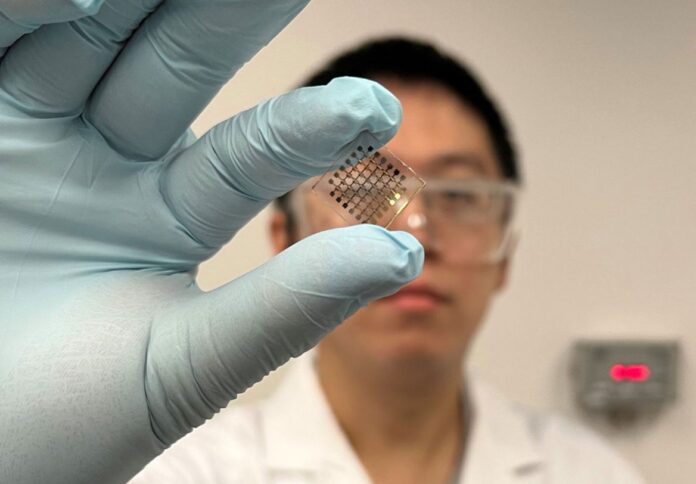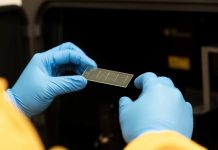
Scientists at UNSW Sydney have developed an electronic device designed to mimic the function of human skin.
Researchers from the School of Material Sciences and Manufacturing Engineering published a paper in Advanced Functional Materials describing the promising potential of electronic skins (E-Skins) to advance the development of smart wearable technology.
The device is designed to be able to detect mechanical stimuli for information processing, including gesture and handwriting recognition, with ultra-low power consumption.
Proponents of the study said the technology could find applications in a range of fields, including elderly care, extreme sports monitoring, and motion capture.
The development of E-Skins comes as the use of artificial skins is being adopted as transformative sensing technology for real-time monitoring of vitals, including blood pressure, temperature, and oxygen levels.
The technology could also be used to measure the health status of athletes and people working in hazardous environments.
Stretchable strain sensors were recently developed to mimic skin perception by measuring pressure, tension, and weight. However, most of the sensors do not have the capability to process the signals, according to Dr Tao Wan, the corresponding author of the paper.
Researchers from UNSW Sydney have integrated artificial synapses with advanced sensors to mimic the properties of human skin in a bid to overcome these limitations.
“The electric current that powers our device corresponds to the strength of the connection between two neurons. And we applied electric stimuli to control the device conductance to emulate human synaptic behaviours,” said Prof. Dewei Chu, lead author of the study.
Chu said the study highlights new insights in the design of artificial synapses and sensors to process information for neuromorphic computing and artificial intelligence applications.
“For example, it offers promising potential for the advancement of smart wearable technology that could detect body movement, or could be applied to soft robotics and prosthetics,” Chu said.
The researchers are currently looking into improving the sensing and information processing capabilities of E-Skins and further expanding the application in tactile and visual perception.



















